Kolam ✿ Stories of Tamil culture
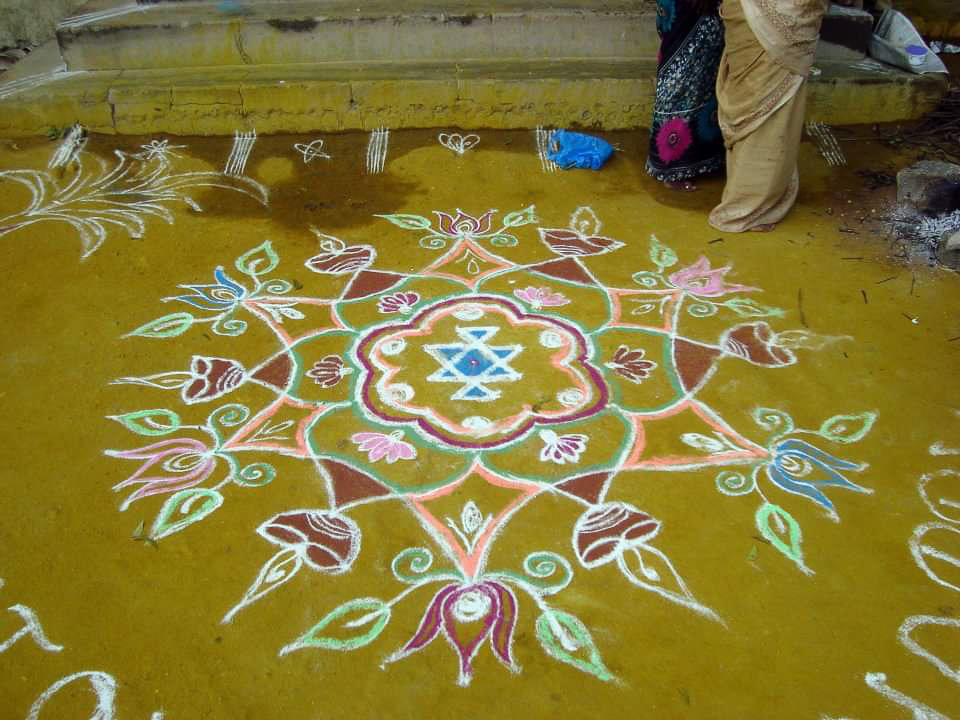
✿
Every 16 January, Tamils celebrate a festivity of fertility and renewal called Mattu Pongal. It’s a time for all people of different castes and creeds to dine together. The festival occurs at a time of harvest when there is abundant rice. As part of the preparation for the New Year, houses are cleaned and new vessels are purchased.
During every day of this festival, a fresh design called “kolam” is painted on the ground. Rice dishes are prepared early in the day for crows.
✿
Enjoy these stories of Tamil culture:
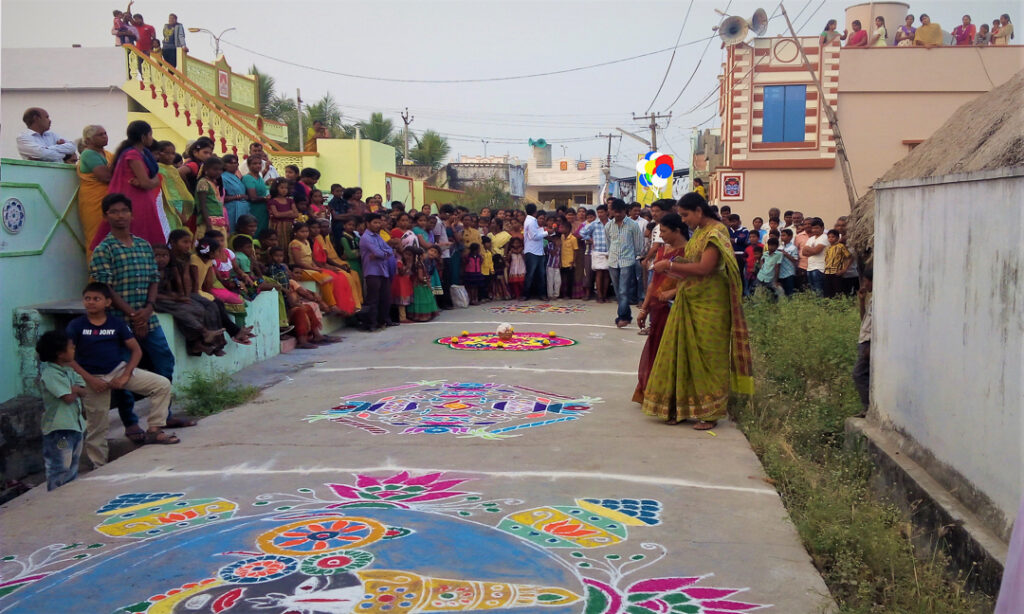 Blurred lines: Threshold floor drawings and their mediation between private and public - Alolika De from the MAP Academy presents the rich and constantly evolving variety of traditions involving threshold decoration in India.
Blurred lines: Threshold floor drawings and their mediation between private and public - Alolika De from the MAP Academy presents the rich and constantly evolving variety of traditions involving threshold decoration in India.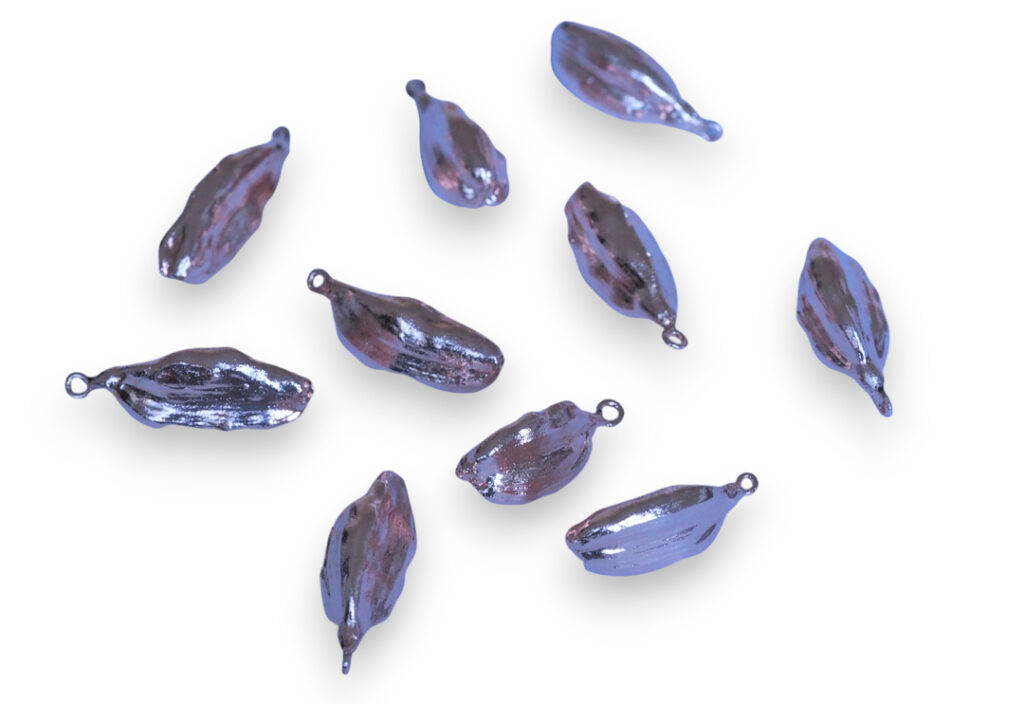 Cardamom is forever: Jewellery for the Sri Lankan diaspora - Through the process of electroforming, Inoka Samarasekara has been able to embody the smell of Sri Lanka into her jewellery.
Cardamom is forever: Jewellery for the Sri Lankan diaspora - Through the process of electroforming, Inoka Samarasekara has been able to embody the smell of Sri Lanka into her jewellery. 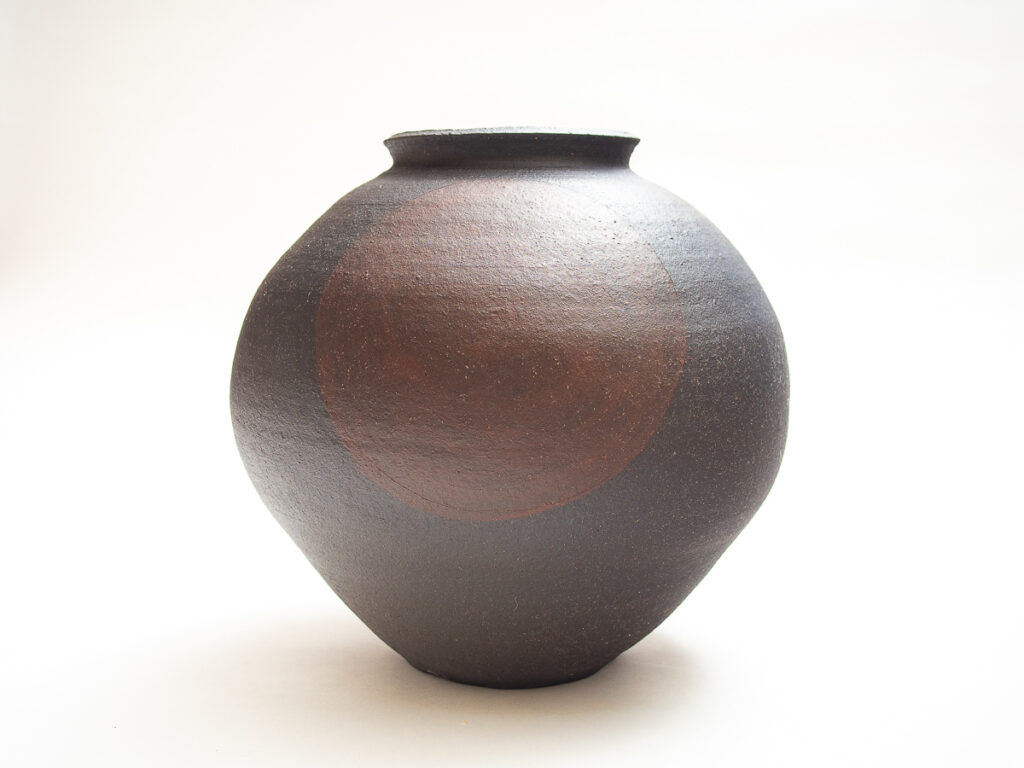 Moon viewing platform - Visit the moon viewing platform to gaze upon the lunar transitions that perform the cycle of life and death.
Moon viewing platform - Visit the moon viewing platform to gaze upon the lunar transitions that perform the cycle of life and death.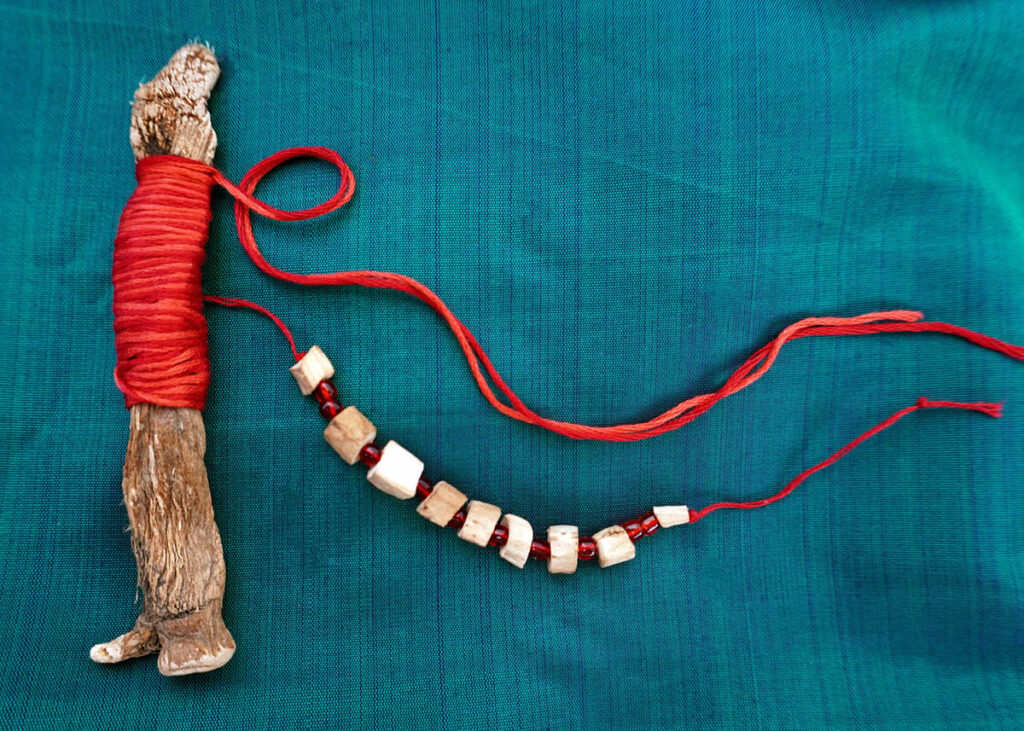 The herb that must not be named - Divya N writes about a jewellery made with herbs that protects children from harm.
The herb that must not be named - Divya N writes about a jewellery made with herbs that protects children from harm.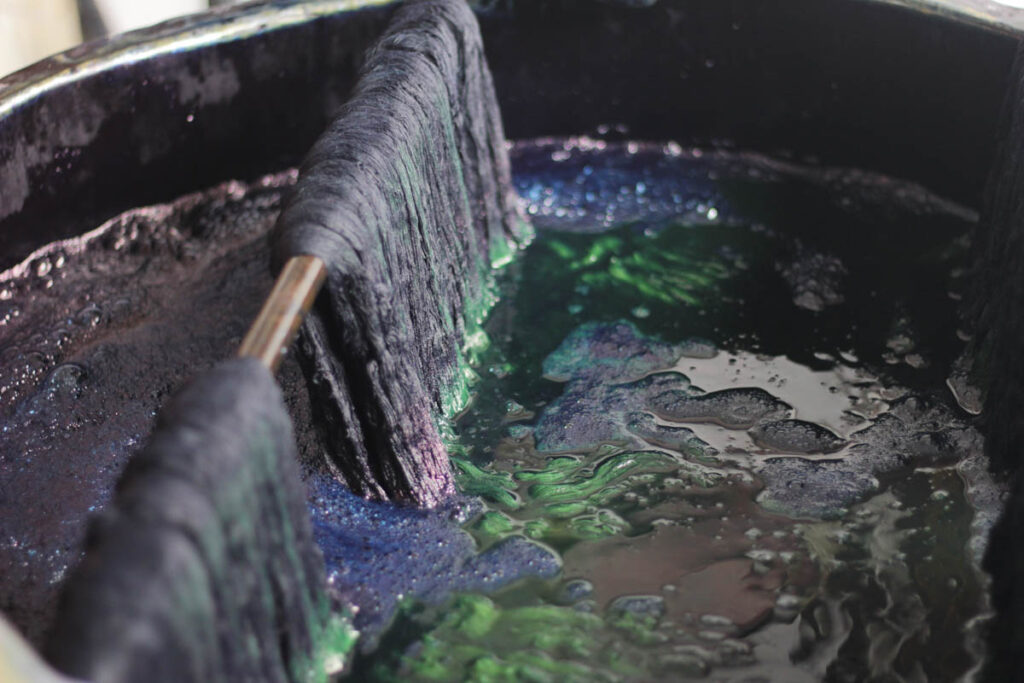 Transforming the landscape into colour: India’s natural dyes - MAP Academy detail the development of India's iconic natural dyes: madder, indigo and lac.
Transforming the landscape into colour: India’s natural dyes - MAP Academy detail the development of India's iconic natural dyes: madder, indigo and lac.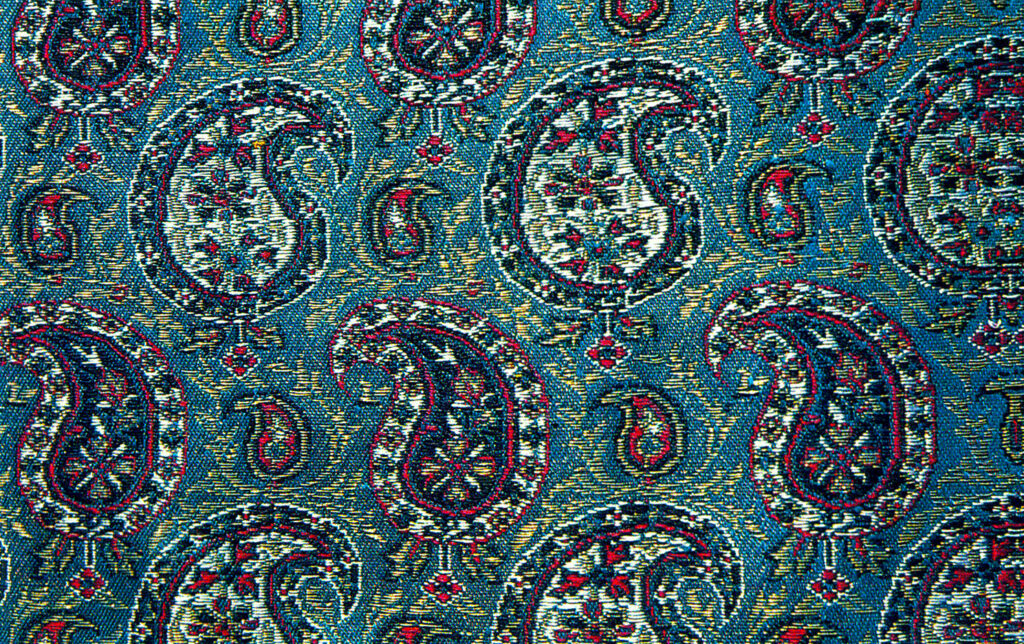 The cypress tree ✿ Where paisley began - The popular Western paisley pattern has evolved over many generations from its root in the cypress tree, a Persian symbol of eternal life.
The cypress tree ✿ Where paisley began - The popular Western paisley pattern has evolved over many generations from its root in the cypress tree, a Persian symbol of eternal life. Kolam ✿ Stories from the Tamil world - With the Kolam, Tamil peoples ritually adorn the day by decorating the ground. Visit to enjoy Tamil crafts across the world.
Kolam ✿ Stories from the Tamil world - With the Kolam, Tamil peoples ritually adorn the day by decorating the ground. Visit to enjoy Tamil crafts across the world.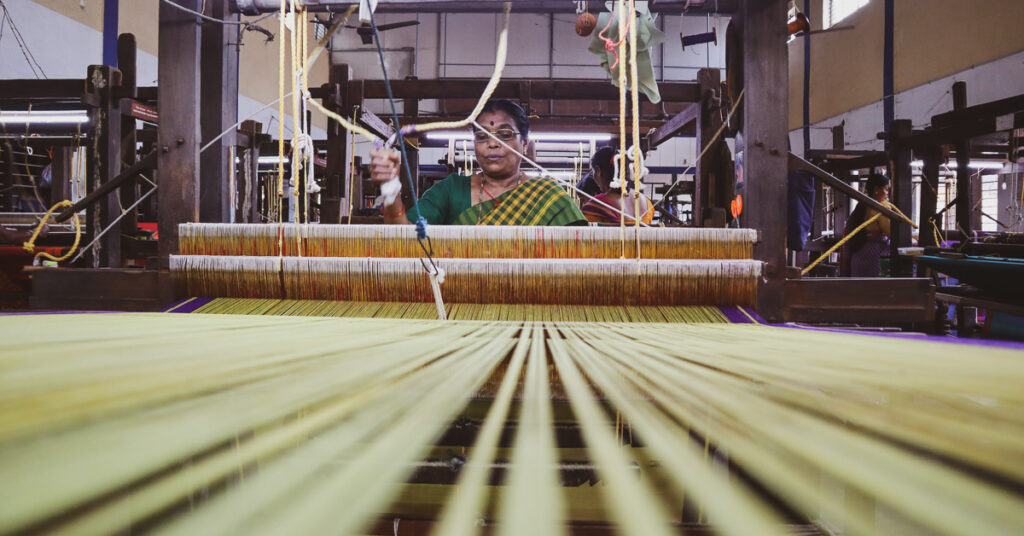 Know your weaver: The revival of Udupi sarees - Nalin Rai outlines the campaign that helped rescue the precious craft of weaving Udupi sarees in Karnataka.
Know your weaver: The revival of Udupi sarees - Nalin Rai outlines the campaign that helped rescue the precious craft of weaving Udupi sarees in Karnataka. A Kolam for Washington DC - Shanthi Chandrasekar tracks the memories of Kolam adornment rituals that now inspire a homage to the US Vice-President.
A Kolam for Washington DC - Shanthi Chandrasekar tracks the memories of Kolam adornment rituals that now inspire a homage to the US Vice-President. When there’s nowhere left to turn: The need to support Indian village crafts - Ashoke Chatterjee issues a call for support to help India's artisans cope with the unprecedented crisis of a national lockdown.
When there’s nowhere left to turn: The need to support Indian village crafts - Ashoke Chatterjee issues a call for support to help India's artisans cope with the unprecedented crisis of a national lockdown.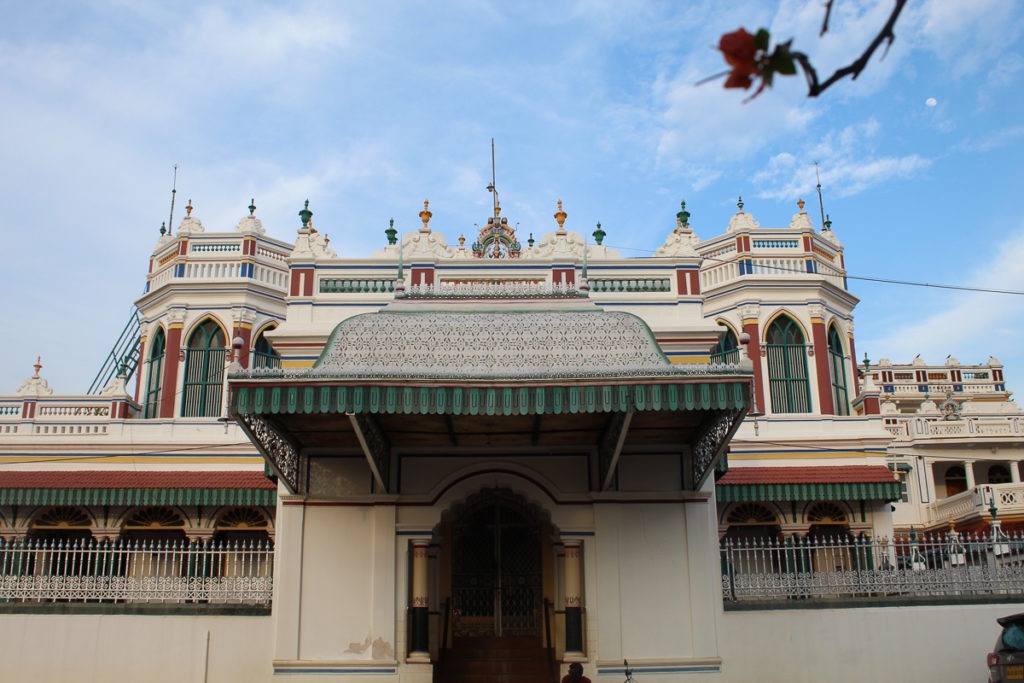 Quarterly essay: Objects of wealth, power and love: An inquiry into Chettiar material culture - Mitraja Bais remembers her discovery of the lost work of Chettinads and the poignant tale of loved objects left in their wake.
Quarterly essay: Objects of wealth, power and love: An inquiry into Chettiar material culture - Mitraja Bais remembers her discovery of the lost work of Chettinads and the poignant tale of loved objects left in their wake.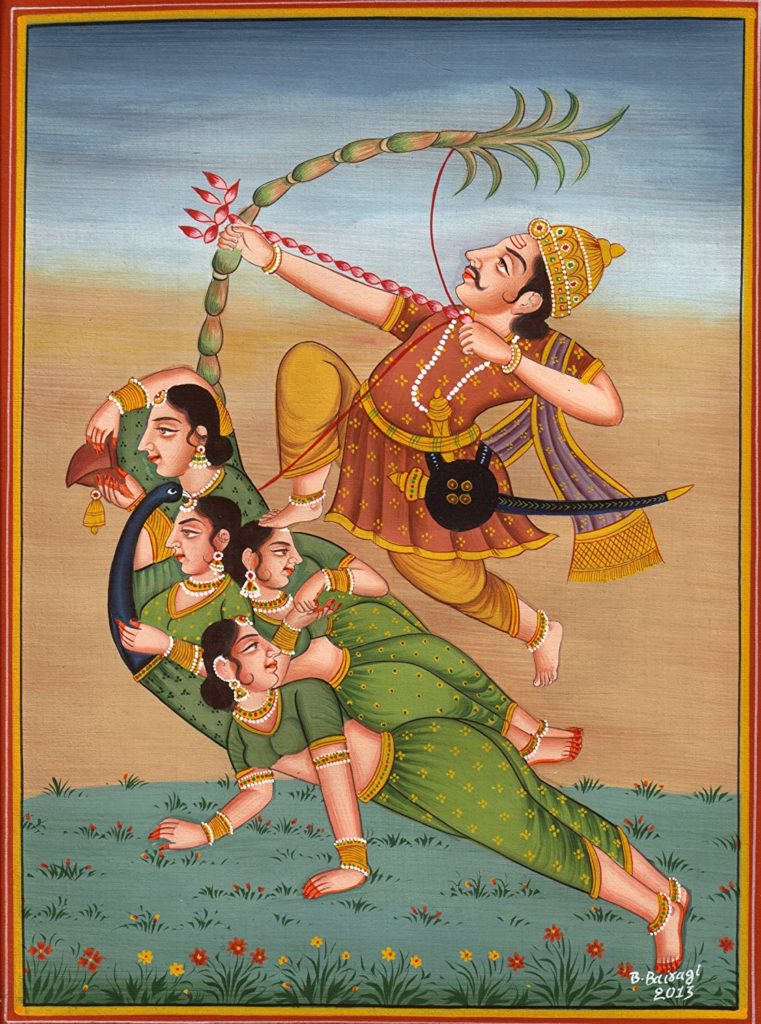 उपहार – Uphaar - “Uphaar” is a Hindi word for offering or gift or any service done by heart for someone. How can objects bring us closer together?
उपहार – Uphaar - “Uphaar” is a Hindi word for offering or gift or any service done by heart for someone. How can objects bring us closer together?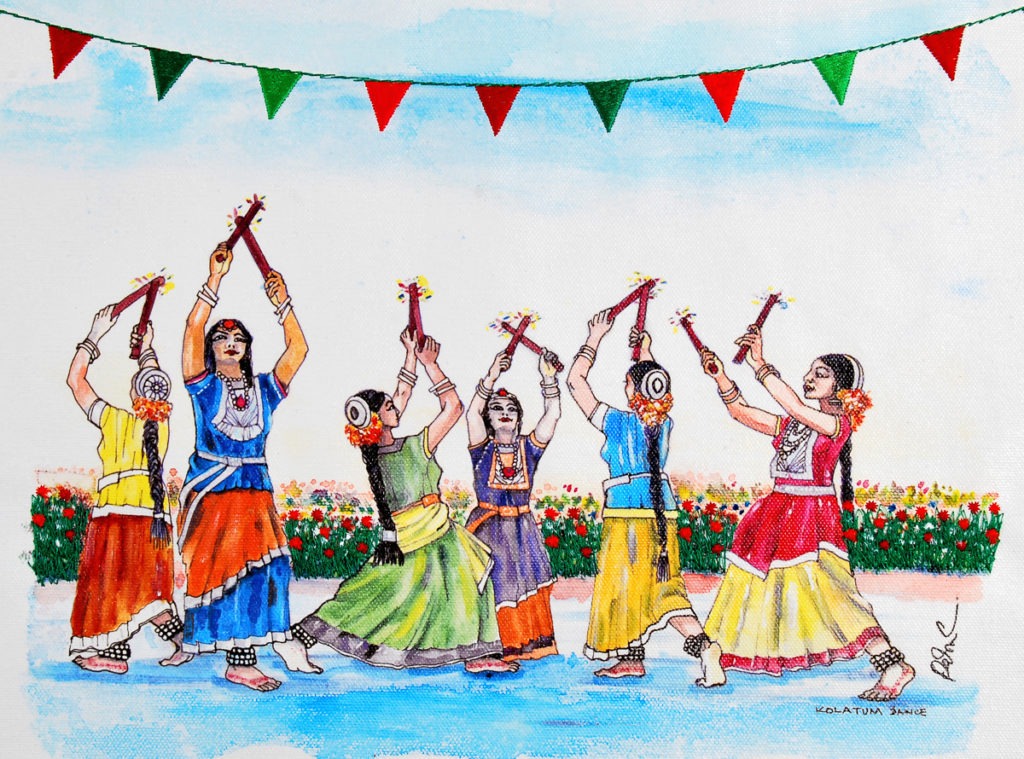 Embroideries with love from Mauritius - Palmesh Cuttaree has painted scenes that are typical of folklife in his native Mauritius.
Embroideries with love from Mauritius - Palmesh Cuttaree has painted scenes that are typical of folklife in his native Mauritius. Anbin nimiththam: For the sake of love - Manasee Jog reveals the many games created for Indian brides and grooms to get to know each other.
Anbin nimiththam: For the sake of love - Manasee Jog reveals the many games created for Indian brides and grooms to get to know each other. The Pappanji of Kochi - Daniel Connell witnesses the ritual burning of a white bearded man that climaxes the Kochi Murirs Biennale
The Pappanji of Kochi - Daniel Connell witnesses the ritual burning of a white bearded man that climaxes the Kochi Murirs Biennale With the blessing of Gods and families: A Mauritian Tamil wedding - Veemanda Curpen shares the elaborate rituals and shared joy of her brother’s wedding, in full Tamil tradition with a Mauritian twist.
With the blessing of Gods and families: A Mauritian Tamil wedding - Veemanda Curpen shares the elaborate rituals and shared joy of her brother’s wedding, in full Tamil tradition with a Mauritian twist. Objects of wealth, power and love: An inquiry into Chettiar material culture - Mitraja Bais remembers her discovery of the lost work of Chettinads and the poignant tale of loved objects left in their wake.
Objects of wealth, power and love: An inquiry into Chettiar material culture - Mitraja Bais remembers her discovery of the lost work of Chettinads and the poignant tale of loved objects left in their wake.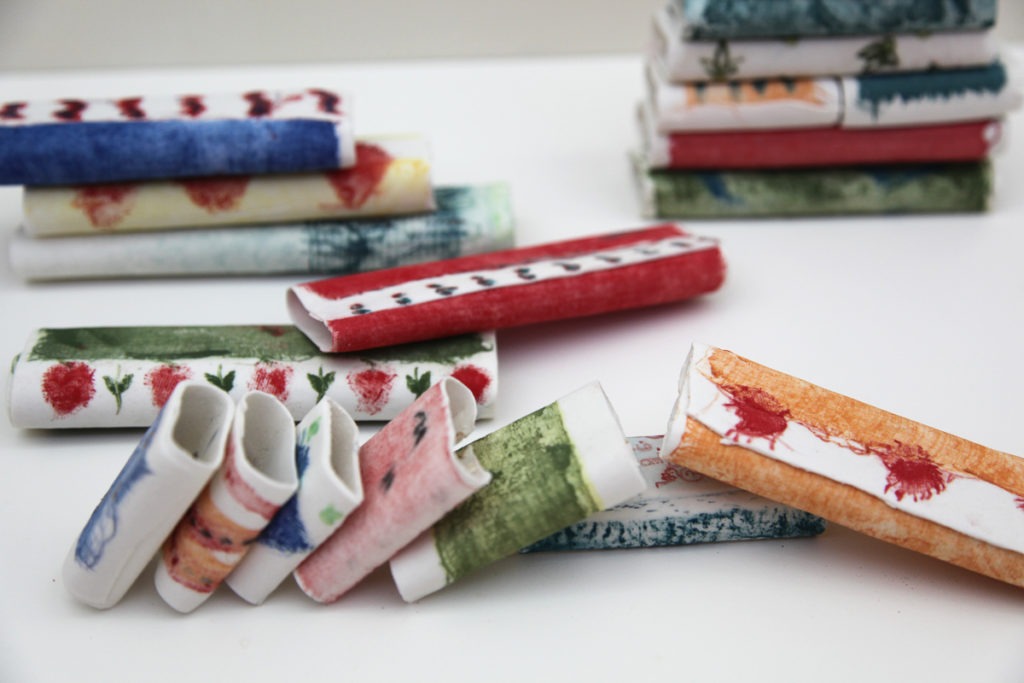 The nine-yard sari: Bolts of love in clay - Varuni Kanagasundaram reflects on parallel transformations of migration and translation of textile into clay.
The nine-yard sari: Bolts of love in clay - Varuni Kanagasundaram reflects on parallel transformations of migration and translation of textile into clay.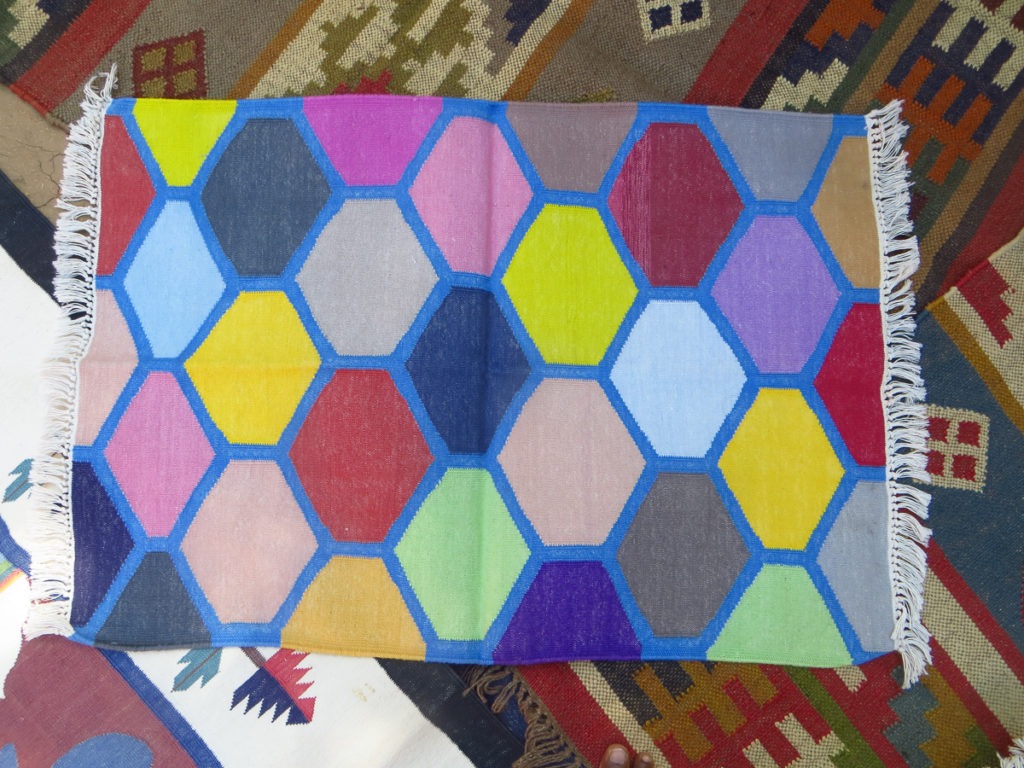 The rules of the game: Weaving Durries in Rajasthan - New to Rajasthan, Kaamya Sharma takes a road trip to find Ramesh Mundal, a renowned durry weaver, and looks behind the scenes at his presentations for tourists.
The rules of the game: Weaving Durries in Rajasthan - New to Rajasthan, Kaamya Sharma takes a road trip to find Ramesh Mundal, a renowned durry weaver, and looks behind the scenes at his presentations for tourists.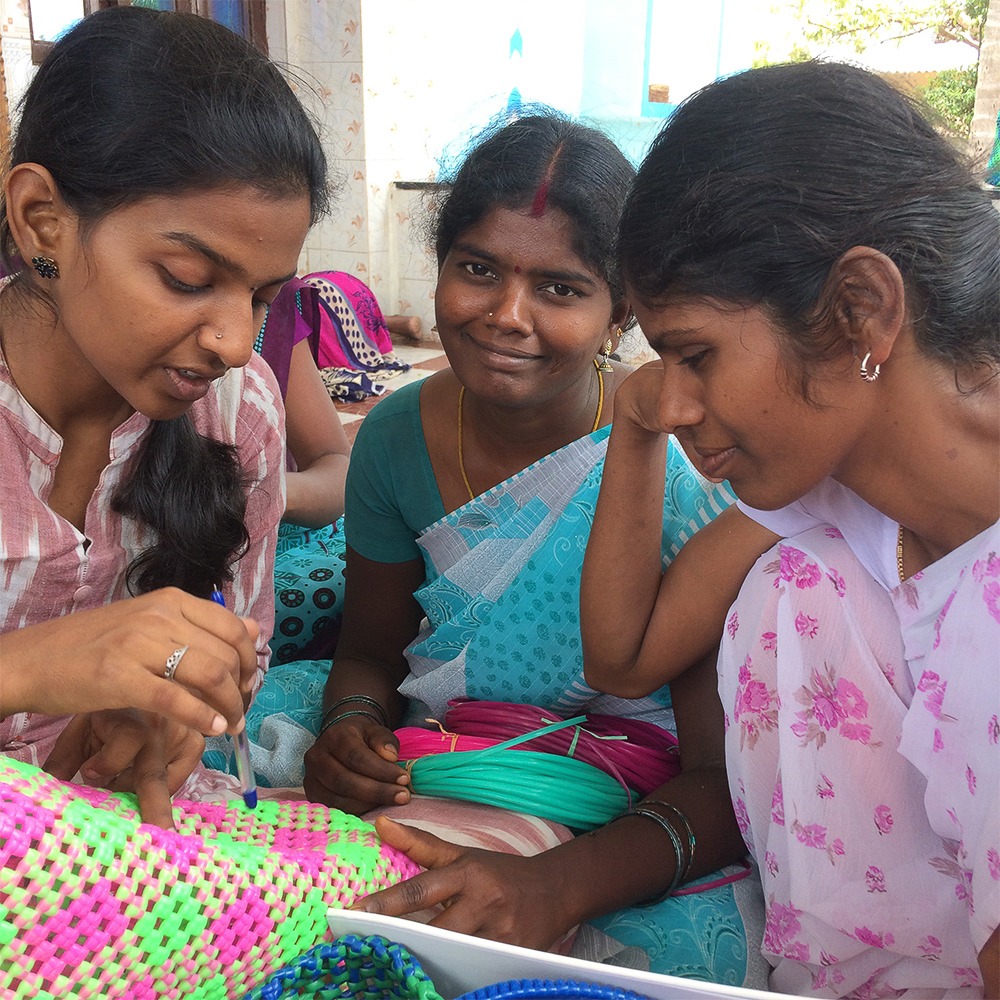 The angels of Dhadhampatti - Julia Raath visits the Tamil Nadu village of Sittilingi and is inspired to help them bring vibrant colours to far away lands.
The angels of Dhadhampatti - Julia Raath visits the Tamil Nadu village of Sittilingi and is inspired to help them bring vibrant colours to far away lands.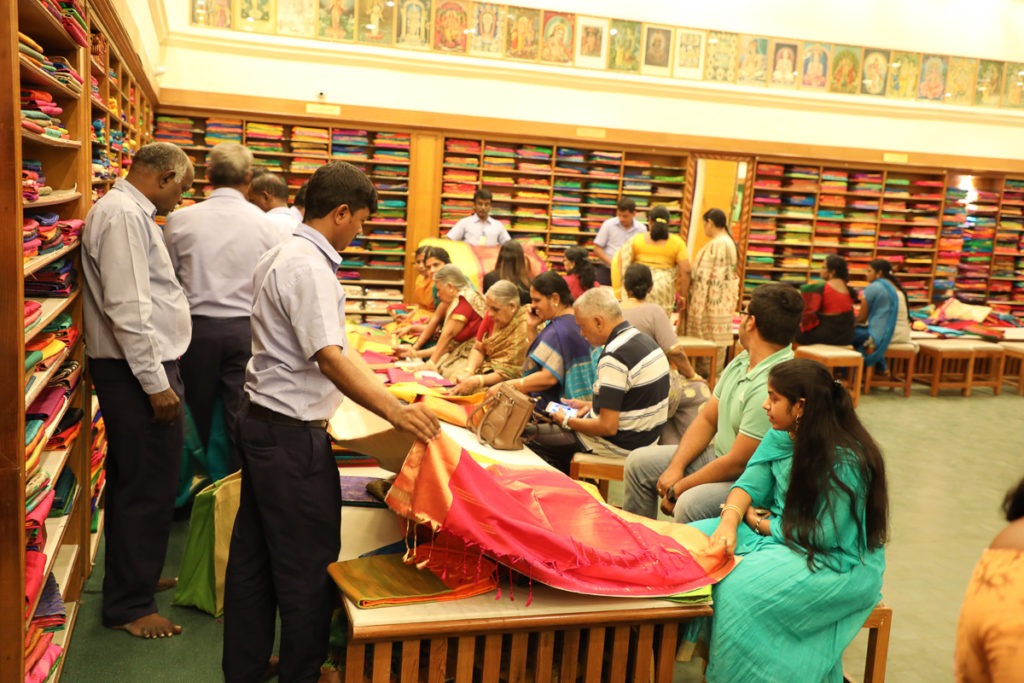 Never on Tuesdays: How the Padma Saliyar weave auspiciousness into wedding saris - Aarti Kawlra explains the painstaking efforts of the Tamil weaving caste, Padma Saliyars, to heighten auspiciousness in their wedding saris.
Never on Tuesdays: How the Padma Saliyar weave auspiciousness into wedding saris - Aarti Kawlra explains the painstaking efforts of the Tamil weaving caste, Padma Saliyars, to heighten auspiciousness in their wedding saris.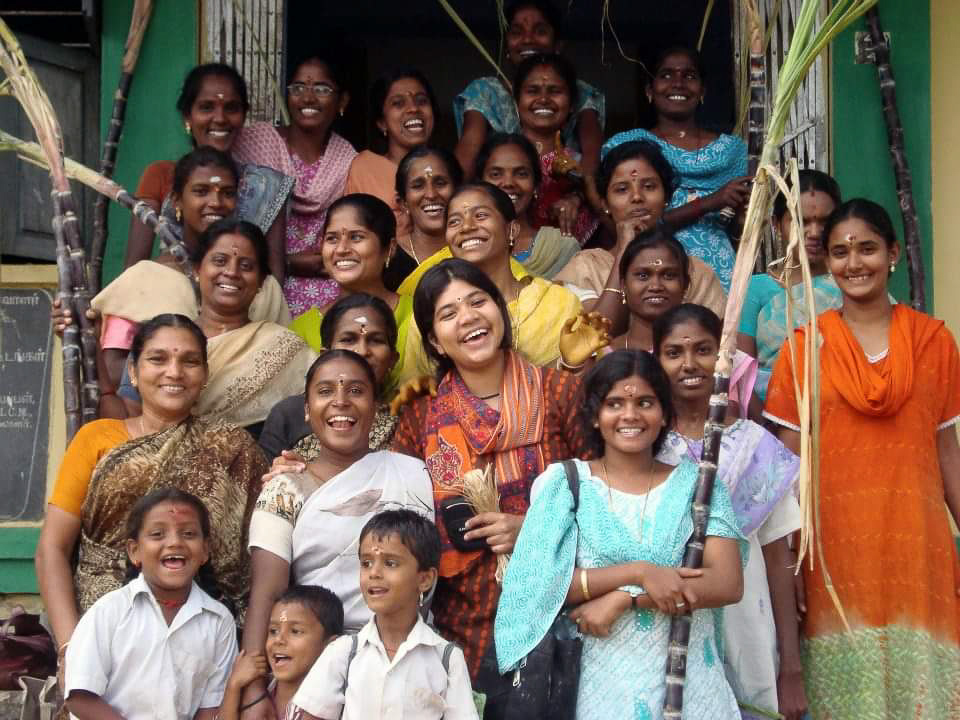 Makar Sakranti: Festivals of gratitude across India - Khushbu Mathur shares her knowledge of the joyous harvest festivals happening across India in mid-January.
Makar Sakranti: Festivals of gratitude across India - Khushbu Mathur shares her knowledge of the joyous harvest festivals happening across India in mid-January.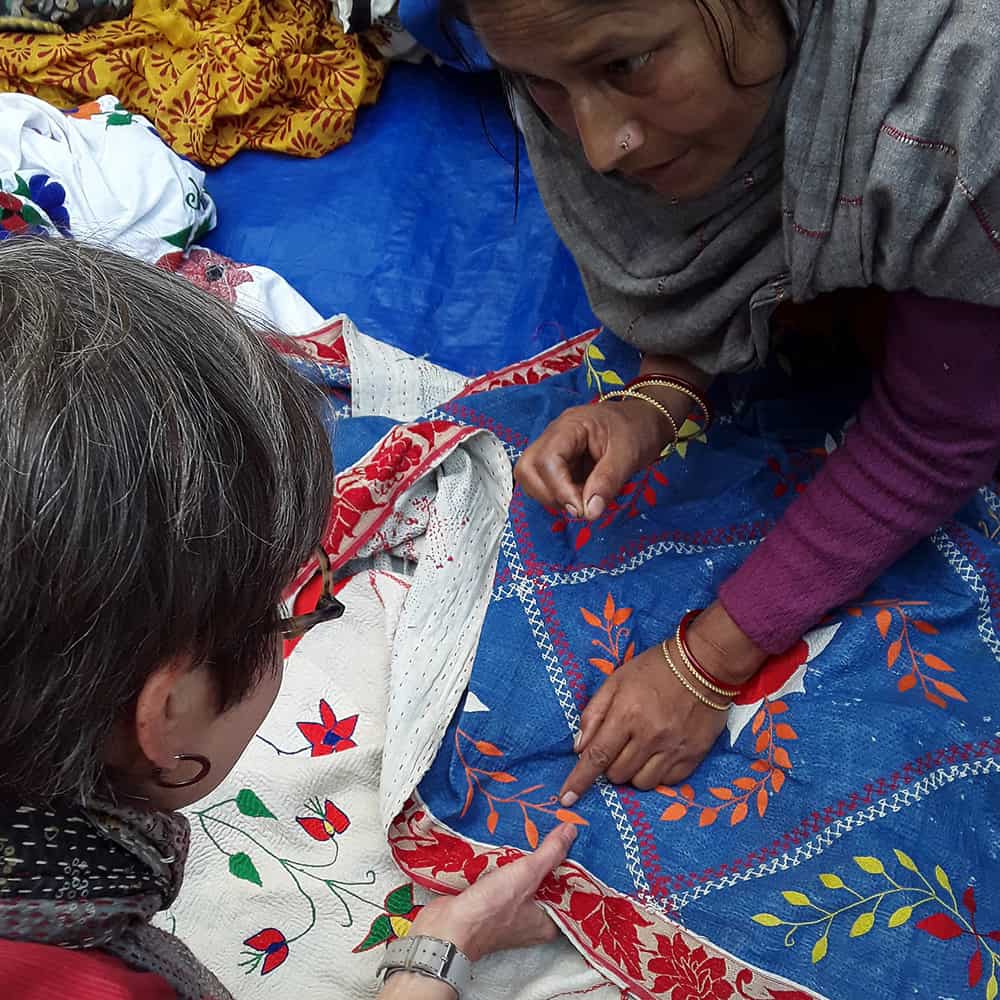 A journey shared, India dared and why I take tours… - Julia Raath travelled India to find out who make these exquisite textiles, and now makes a path for others to follow.
A journey shared, India dared and why I take tours… - Julia Raath travelled India to find out who make these exquisite textiles, and now makes a path for others to follow. Take Time ✿ A momentary exhibition of tapestries - Isabelle Mackay-Sim shares work from tapestry artists in a Canberra exhibition.
Take Time ✿ A momentary exhibition of tapestries - Isabelle Mackay-Sim shares work from tapestry artists in a Canberra exhibition.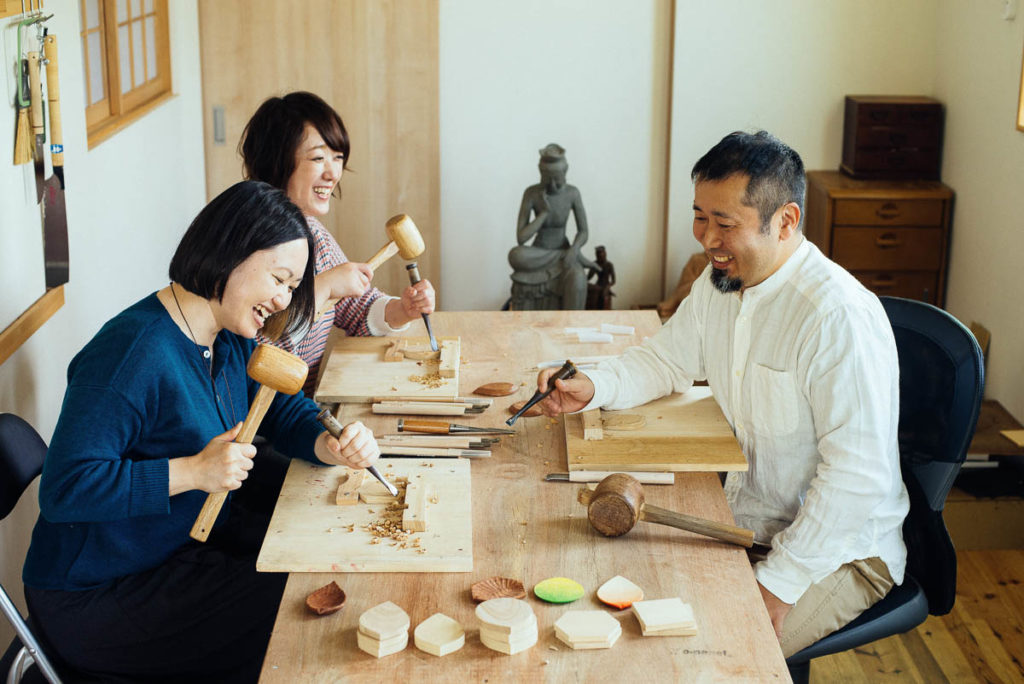 New models for craft sustainability: Engaging with the “experience” economy 🇯🇵 - Kevin Murray presents models from Japan today that show how craft is adapting to the experience economy.
New models for craft sustainability: Engaging with the “experience” economy 🇯🇵 - Kevin Murray presents models from Japan today that show how craft is adapting to the experience economy. 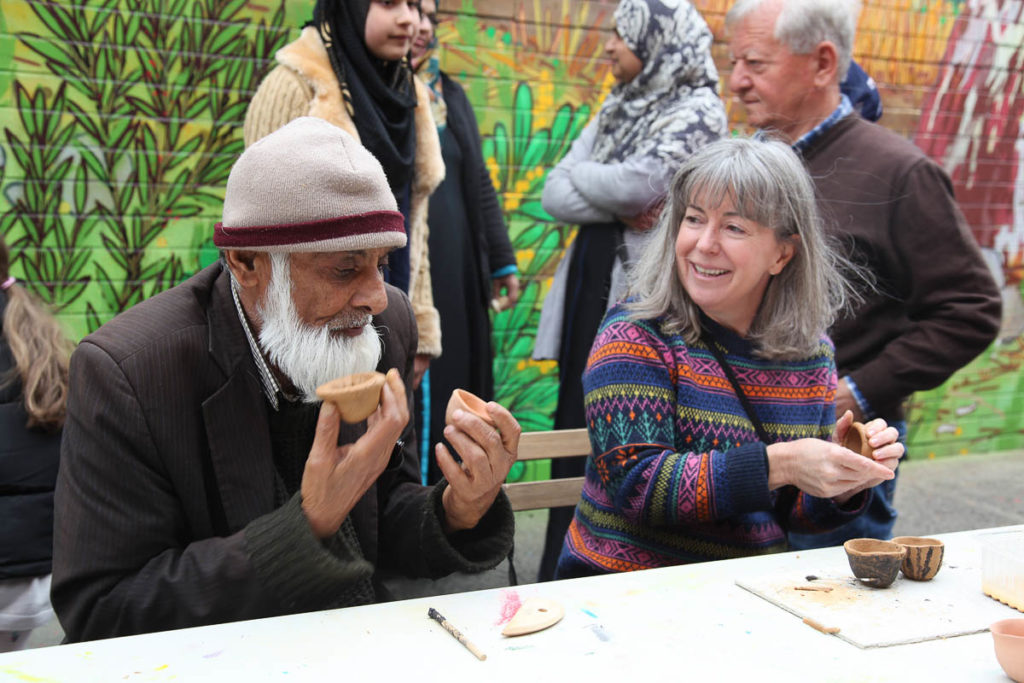 My own private mosque ✿ Clay activation by Varuni Kanagasundaram - Varuni Kanagasundaram reflects on an incident from a recent workshop where she came across a unique expression of clay as private devotion.
My own private mosque ✿ Clay activation by Varuni Kanagasundaram - Varuni Kanagasundaram reflects on an incident from a recent workshop where she came across a unique expression of clay as private devotion. Made for Parade - The Zapotec concept of guendalisaà often involves the contributions members of a community make to festival events, such as processions.
Made for Parade - The Zapotec concept of guendalisaà often involves the contributions members of a community make to festival events, such as processions. Made for Parade - Enjoy the beautiful creations made for use in processions and dance across our wider world
Made for Parade - Enjoy the beautiful creations made for use in processions and dance across our wider world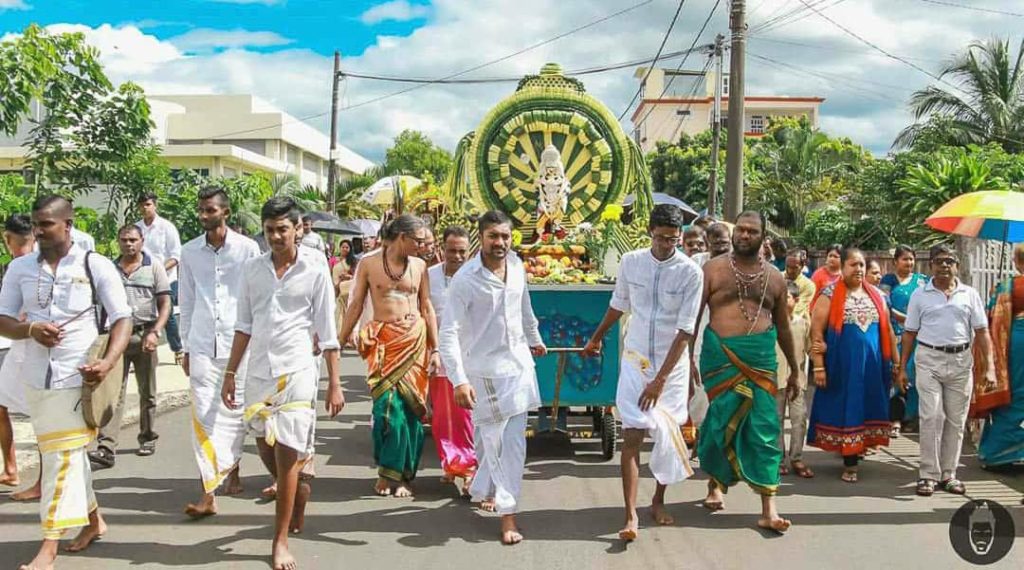 Where did all the flowers go? Tamil festivals in Mauritius - Veemanda Curpen finds new Mauritian approaches to constructing floats for Tamil festivals
Where did all the flowers go? Tamil festivals in Mauritius - Veemanda Curpen finds new Mauritian approaches to constructing floats for Tamil festivals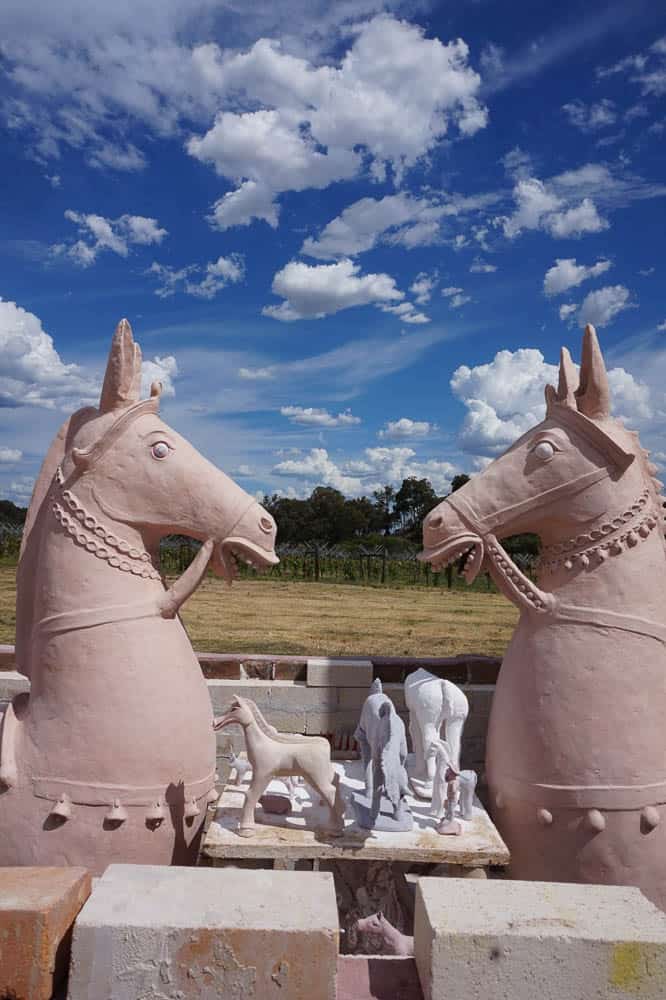 Vahana: An Indian-Australian cross-cultural ceramic experience - Bernard Kerr describes the epic production of a 3.5 m high terra cotta horse at the Midland Junction Art Centre by potter Mr Kasirajan from Tamil Nadu
Vahana: An Indian-Australian cross-cultural ceramic experience - Bernard Kerr describes the epic production of a 3.5 m high terra cotta horse at the Midland Junction Art Centre by potter Mr Kasirajan from Tamil Nadu The Tapestry Couch: healing and new beginnings at heart of refugee arts project - Carolina Triana introduces tapestry artist Sayd Mahmod, who leads a project to create a tapestry couch as a symbol of welcome to Sydney
The Tapestry Couch: healing and new beginnings at heart of refugee arts project - Carolina Triana introduces tapestry artist Sayd Mahmod, who leads a project to create a tapestry couch as a symbol of welcome to Sydney Indian dirt - In Issue #3, we featured Clare Kennedy as a case study for the Apprenticeship exhibition at Artisan Gallery. She wrote about going to India to study the changing brick industry—"It is a story worth telling". She shares with us now the remarkable discoveries of that trip.
Indian dirt - In Issue #3, we featured Clare Kennedy as a case study for the Apprenticeship exhibition at Artisan Gallery. She wrote about going to India to study the changing brick industry—"It is a story worth telling". She shares with us now the remarkable discoveries of that trip.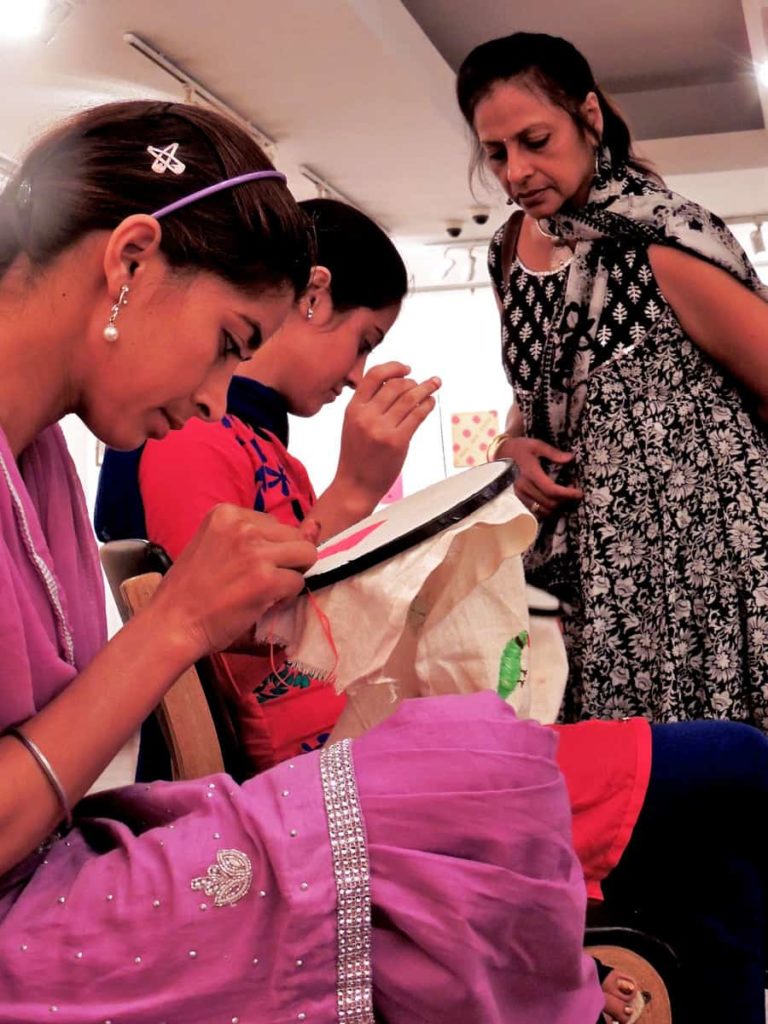 A map for the embroidered garden - Gopika Nath's essay draws on a lifetime of learning in the enduring power of craft. Here's a quick guide to some major influences in her essay.
A map for the embroidered garden - Gopika Nath's essay draws on a lifetime of learning in the enduring power of craft. Here's a quick guide to some major influences in her essay. Heritage Chic: The duality of tradition and innovation in the Kanjivaram silk sari of Tamilnadu, India - Kala Shreen is struck by the impact of bling on traditional Kanjivaram silk saris in Chennai.
Heritage Chic: The duality of tradition and innovation in the Kanjivaram silk sari of Tamilnadu, India - Kala Shreen is struck by the impact of bling on traditional Kanjivaram silk saris in Chennai.